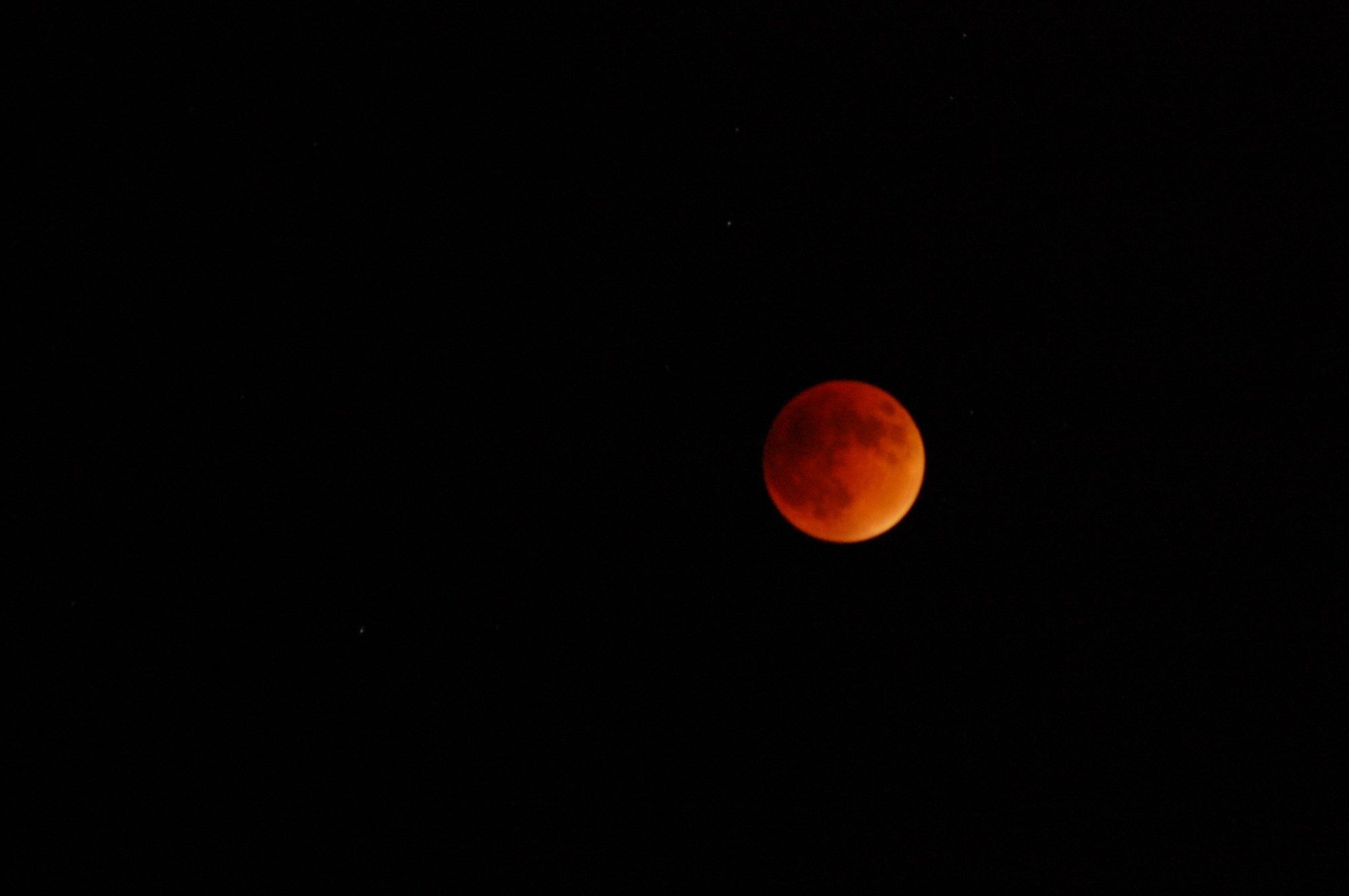Question: What fraction of the total power radiated by the sun falls in the ultra violet spectral region? Assume that the sun is a blackbody. (Hint: You may need a table of the integral values of the Planck function.)
Known or previously-derived values:
a.) Sun’s estimated maximum temperature in K = 5800
b.) Location of the UV radiation on the EM spectrum = 0.1 to 0.4 micro meter [Madronich et al., 1998 and Helbling et al., 1992]
c.) Integral values of Planck’s function [Siegel, 2002]
Emissive Power (micro meter. K) Fractional Energy (from zero wavelength to the desired wavelength; dimensionless)
600 —— 9.29 E-8
800 —— 1.64 E-5
1000 —— 3.21 E-4
2000 —— 0.06673
2200 —— 0.10089
2400 —— 0.14026
There are quite a number of approaches to solving the problem.
The principles provided by Stefan-Boltzmann, with the utilization of Planck’s function, stating that the emissive power of a blackbody is a product of the wavelength and the temperature (T), can be utilized to compute fractional regions under the curve.
Solution 1:
Considering 0.40 micrometer, the equivalent fractional energy using integral values of Planck’s function is:
(wavelength)(temperature) = 0.40 (5800) = 2330 micrometer.K [emissive power of the given blackbody at the given wavelength]
2200 – 0.10089
2320 – FE
2400 – 0.14026
By interpolation, solving Fractional Energy (FE):
4.7244 = 200FE – 20.178
FE = 0.124512 or 12.4512 %
[Fractional energy under the Planck’s curve from 0 micrometer to 0.4 micrometer. Note: The 0 micrometer is based from the assumption given in the integral values table.]
Solution 2:
Instead of 0 to 0.40 micrometer, the fractional energy can also be computed in a wavelength interval, as in this case, 0.1 to 0.4 micrometer.
Considering 0.1 micrometer, the equivalent fractional energy using integral values of Planck’s function is:
(wavelength)(temperature) = 0.10 (5800) = 580 micrometer.K [emissive power of the given blackbody at the given wavelength]
From the table of integral values, the closest Fractional Energy (FE) equivalent is 9.29exp-08, a very minimal effect yet necessary to show that the area bounded by the UV doesn’t start at a zero wavelength but at 0.1 micrometer.
Therefore, the total power radiated by the sun in the ultra violet spectral region is:
FE = 0.124512 – 9.29exp-08 = 0.124503 or 12.4503 %
Conclusion:
The differences in fractional energy (FE) values are attributed to the underlying processes of each method and the assumptions that the equations used may be derived or based from. This researcher cannot pinpoint which method exactly defines or is closest to the “real” FE or the area bounded by the UV region. It is with assurance, however, that the values were computed with mathematical explanations behind each.
Final note: I still have another solution to this problem using integration. Leave a note if you like to have it. Enjoy!
